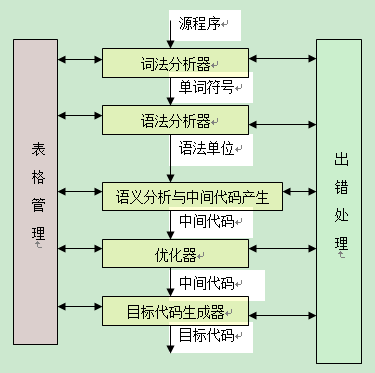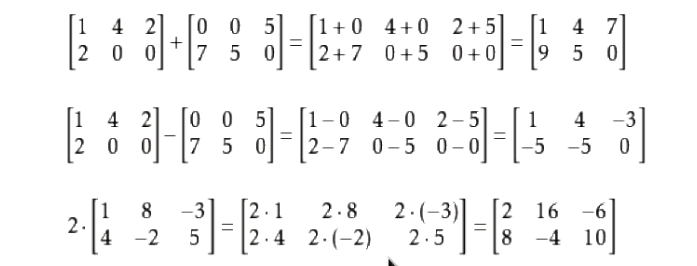in scipy.special.expit, logistic function is implemented like the following:
if x < 0
a = exp(x)
a / (1 + a)
else
1 / (1 + exp(-x))
However, I have seen implementations in other languages/frameworks that simply do
1 / (1 + exp(-x))
I am wondering how much benefit the scipy version actually brings.
For very small x, the result approaches to 0. It works even if exp(-x) overflows to Inf.
It's really just for stability - putting in values that are very large in magnitude might return unexpected results otherwise.
If expit was implemented just as 1 / (1 + exp(-x)) then putting a value of -710 into the function would return nan, whereas -709 would give a value close to zero as expected. This is because exp(710) is too big to be a double.
The branching in the code just means that this scenario is avoided.
See also this question and answer on Stack Overflow.
Seems it would be more efficient to use:
if x < -709
sigmoid = 0.0
else
sigmoid = 1.0 / (1.0 + exp(-x))
unless you need number with 10^-309 precision (see below) which seems overkill!
>>> 1 / (1 + math.exp(709.78))
5.5777796105262746e-309
Another way to do it would be
python
np.where(x > 0, 1. / (1. + np.exp(-x)), np.exp(x) / (np.exp(x) + np.exp(0)))
Since np.exp(x) / (np.exp(x) + np.exp(0)) is equivalent to 1. / (1. + np.exp(-x)) but more stable for negative values




